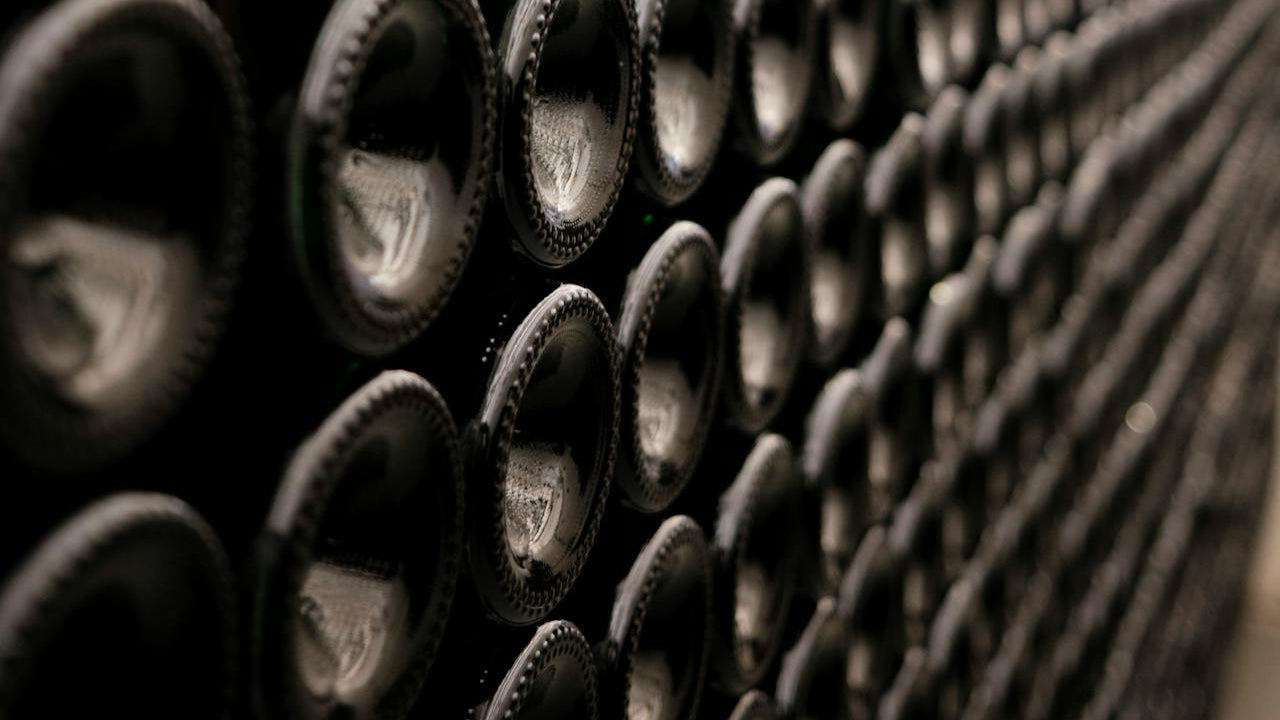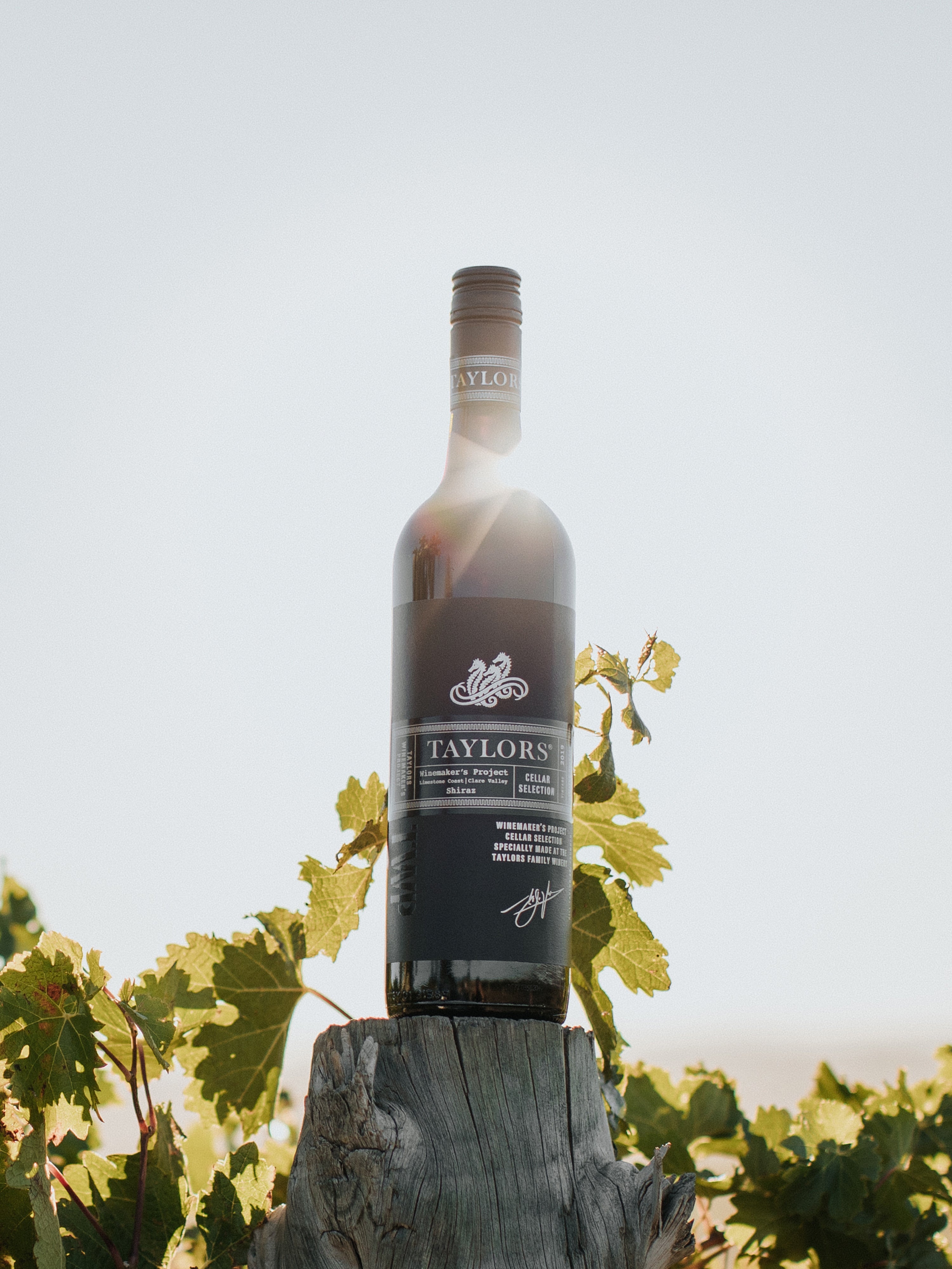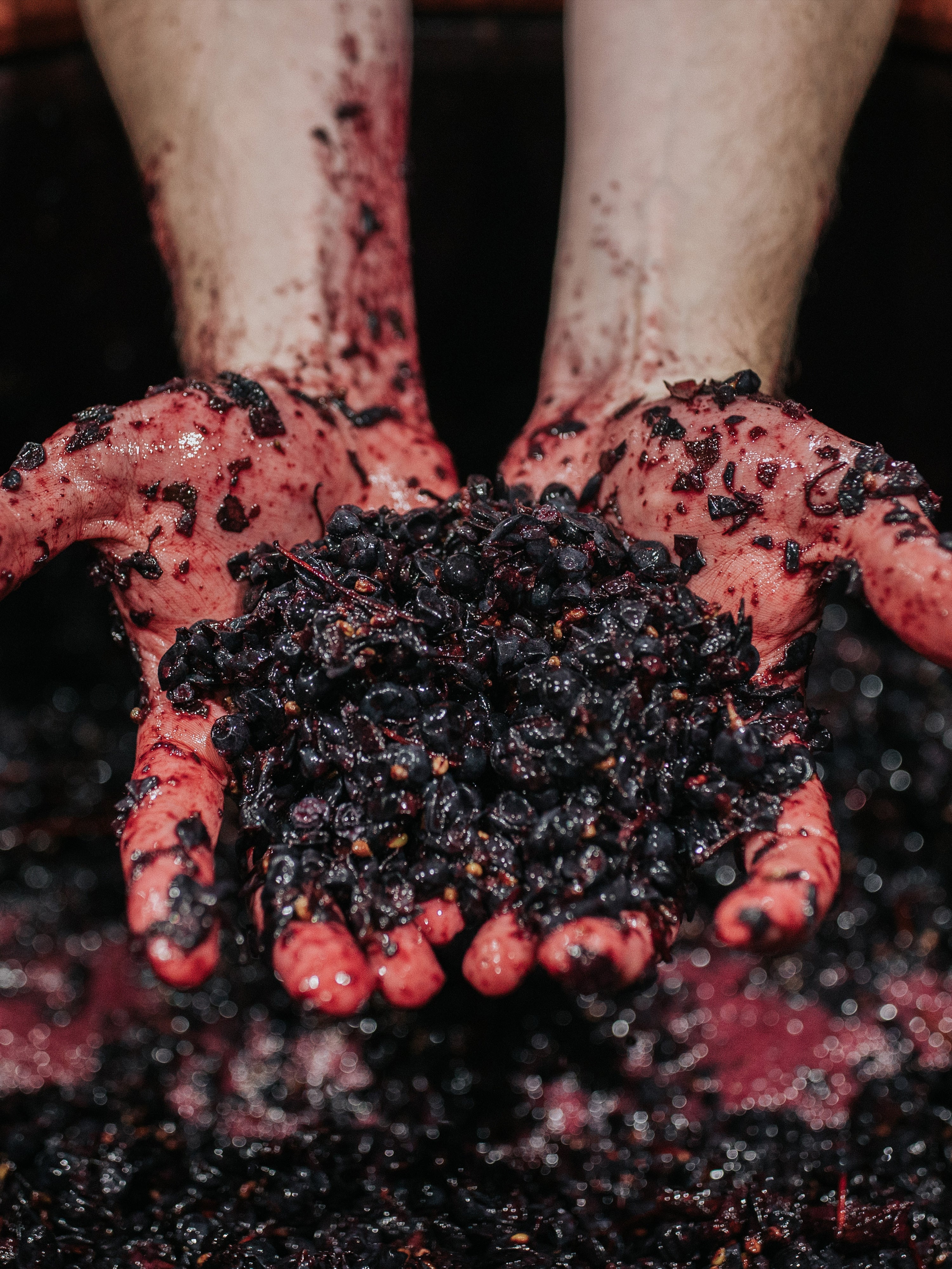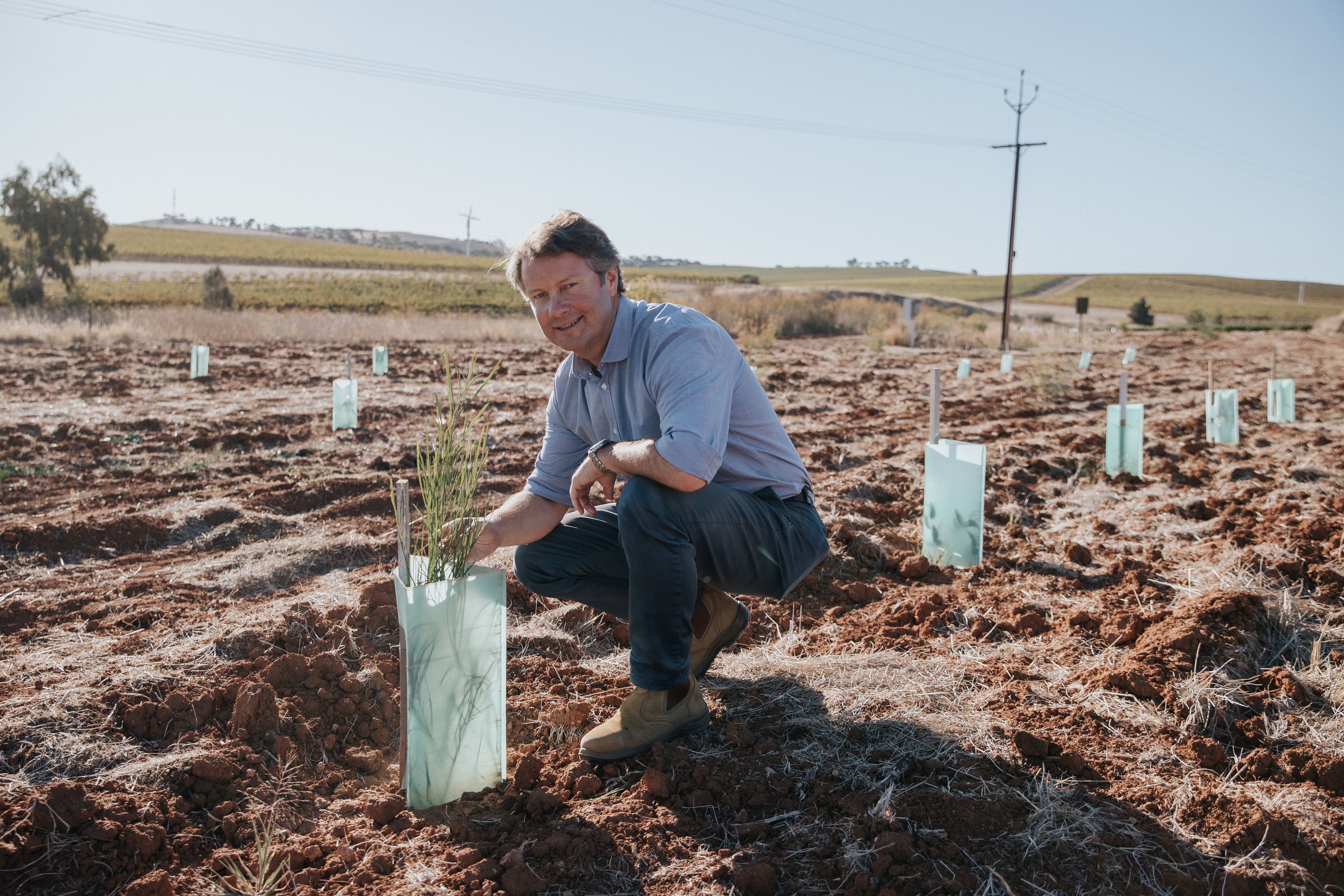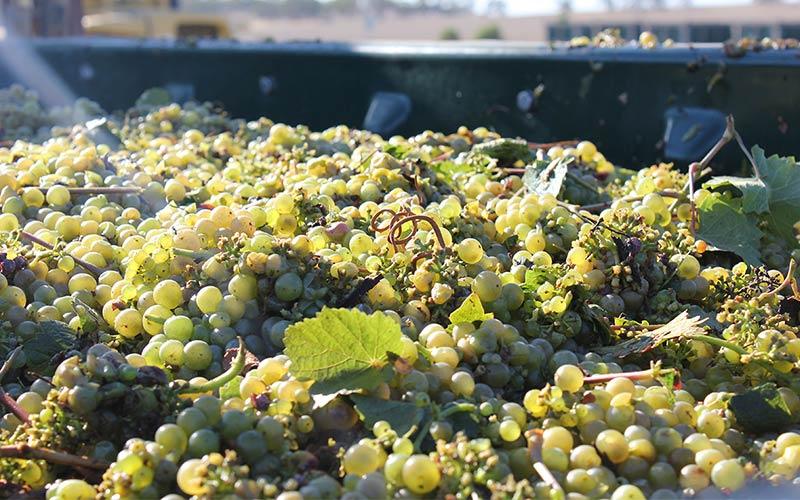The Joys of Aged Riesling and that kerosene smell….
Have you overheard people discussing aged Riesling aromas in terms of petrol or kerosene? Have you ever wondered what that is about? How can a wine possibly smell like that? Well, that sometimes peculiar aroma is not always present in aged Riesling – it’s not a given that aged Riesling will display the aroma. Certain conditions have to be present. But let’s investigate what it is when it is present. It’s in fact, a compound identified as ‘1, 1, 6-trimethyl-1, 2-dihydronaphthalene’ or TDN for short.
The TDN aromas that occur during the aging process are created from carotenoid precursors and a process called acid hydrolysis.
What the…? It’s a bit geeky I know so simply put the process describes a form of chemical decomposition where a compound is split into other compounds by reacting with water.
OK, so what are carotenoids then? Well, they’re a class of pigments that produce the bright yellow, red, and orange colours in plants, vegetables, and fruits. So, they’re the reason for the colour of carrots (hence the name) but also bananas, corn and autumn leaves are other examples. And they also happen to be present in white grape varieties.
While the potential for TDN to be noticed in most white wines is pretty low, Riesling grapes however, have more carotenoids than other varieties, so the opportunity for those distinctive aromas to appear in the wine as it ages is far greater in Riesling.
It’s the initial concentration of the carotenoid precursors in the grape that determines the wine’s potential to develop those TDN petrol notes over time.
From what scientists know about the production of carotenoids in grapes, some of the factors that are likely to increase the TDN potential are -
- Riper grapes - resulting from low yields and/or late harvest
- High sun exposure during ripening
- Water stress - occurring in non-irrigated vineyard sites in hot/dry years
- High acid content
The knowledge that warmer vintages, riper grapes and exposure to sun can intensify TDN has been around for a while but now there’s a lot more research into TDN in Rieslings, much of it done by the Wine Institute of Australia.
They’ve also learned that along with those factors, oxidation, water stress on vines, particular yeast activity and acidity levels can also affect the presentation of TDN.
So, where do you sit when it comes to this aged Riesling aroma situation?
Most people tend to prefer the toast and marmalade characters that you’re likely to experience in our older St. Andrews Rieslings but hey, if there is a hint of TDN mixed in, no one is complaining.
Because age is a beautiful thing in whatever form it takes!
Article adapted from Wine & Viticulture Journal SEPTEMBER/OCTOBER 2012
Read more

Occasionally you will get a bottle of wine that is flawed. There are a few reasons why this might happen | but usually it is not the fault of anyone in particular. However, there are some ways you ...

Occasionally you will get a bottle of wine that is flawed. There are a few reasons why this might happen | but usually it is not the fault of anyone in particular. However, there are some ways you ...
